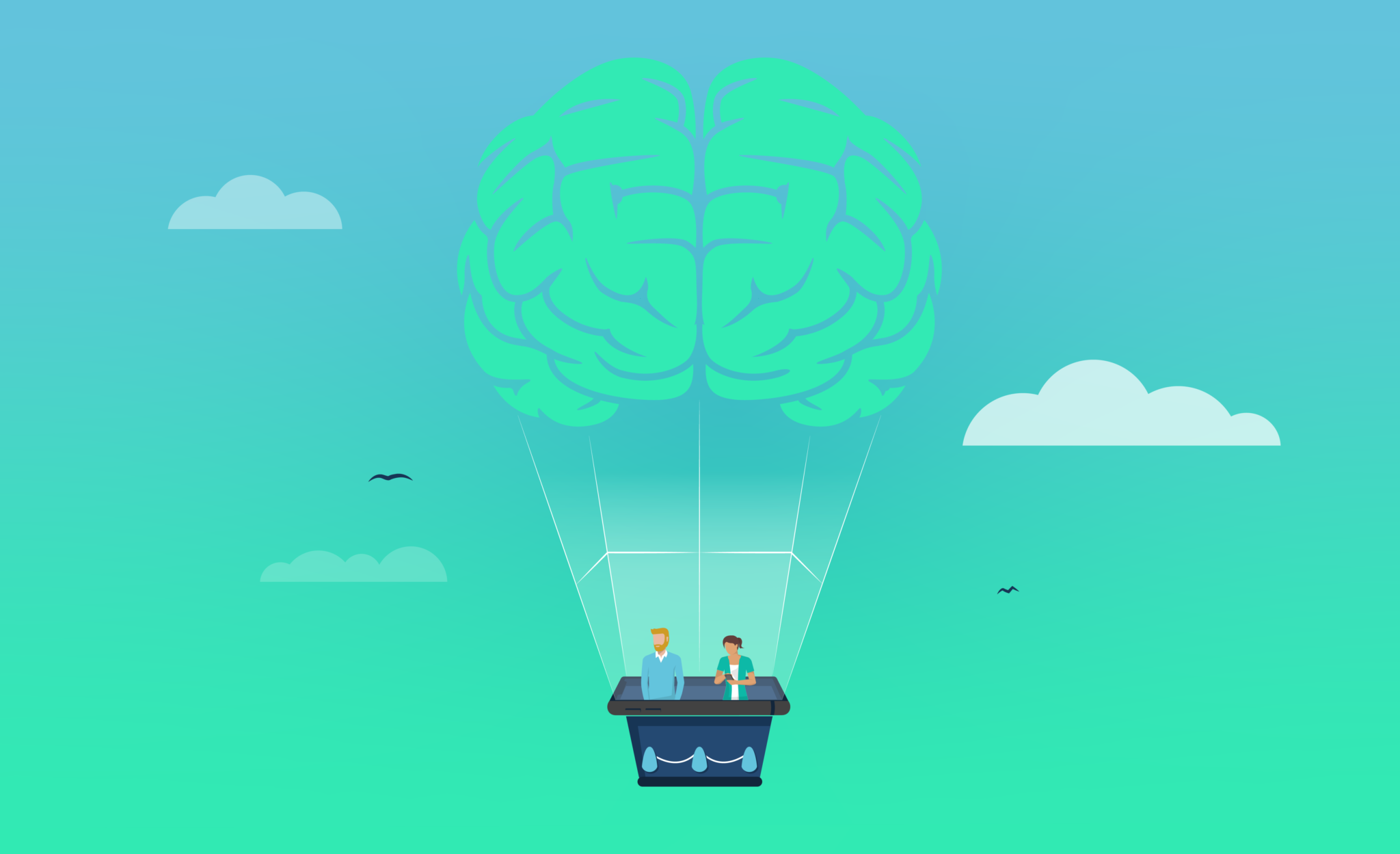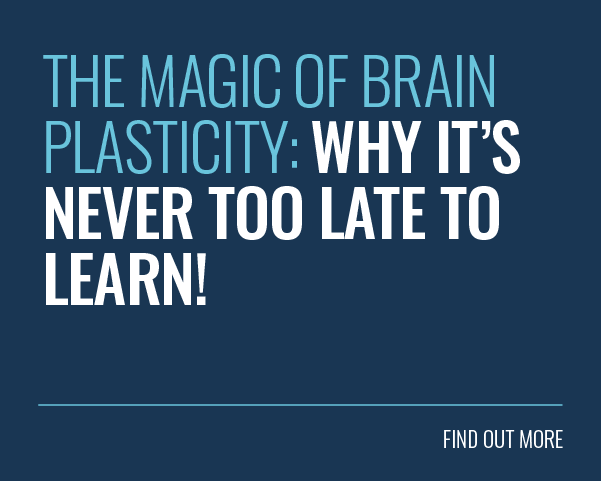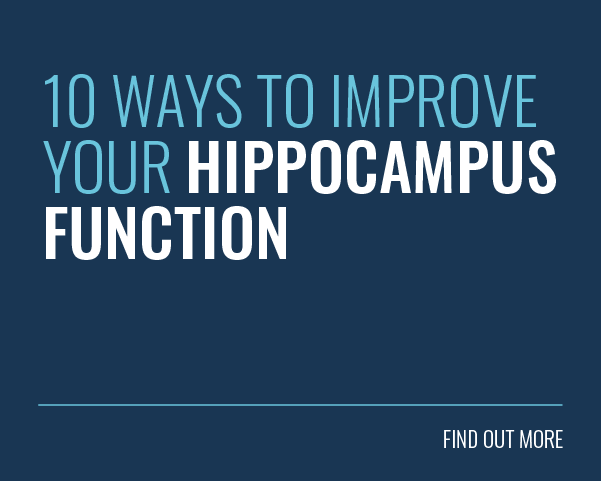
They keep us alive, they store our memories, and a lot of us have them. What are we talking about? Brains, of course!
As you might imagine, brains are an essential part of learning and development. But the limbic system is particularly important. This region is crucial for learning and memory, while also heavily influencing emotions and reactions.
Understanding how the limbic system works can be the key to influencing what gets stored as a lasting memory and unlocking your full learning potential.
So, buckle up and get ready to explore this fascinating brain region. We’ll explore the limbic system’s key components, their roles in learning, and — most importantly — how to supercharge your brain’s ability to soak up new information. Ready? Then it’s all systems go!
What is the Limbic System?
The limbic system, also known as the paleomammalian cortex, is a set of interconnected structures in the brain that play a central role in regulating emotions, motivations, behaviour, learning and memory. It’s located deep within the brain, nestled below the cerebrum and above the brainstem.
It was initially called the rhinencephalon (what a mouthful!), or smell-brain. The name ‘smell-brain’ was fitting as our limbic system was thought to be primarily responsible for our sense of smell. However, psychologists now recognise that it serves many more functions than that.
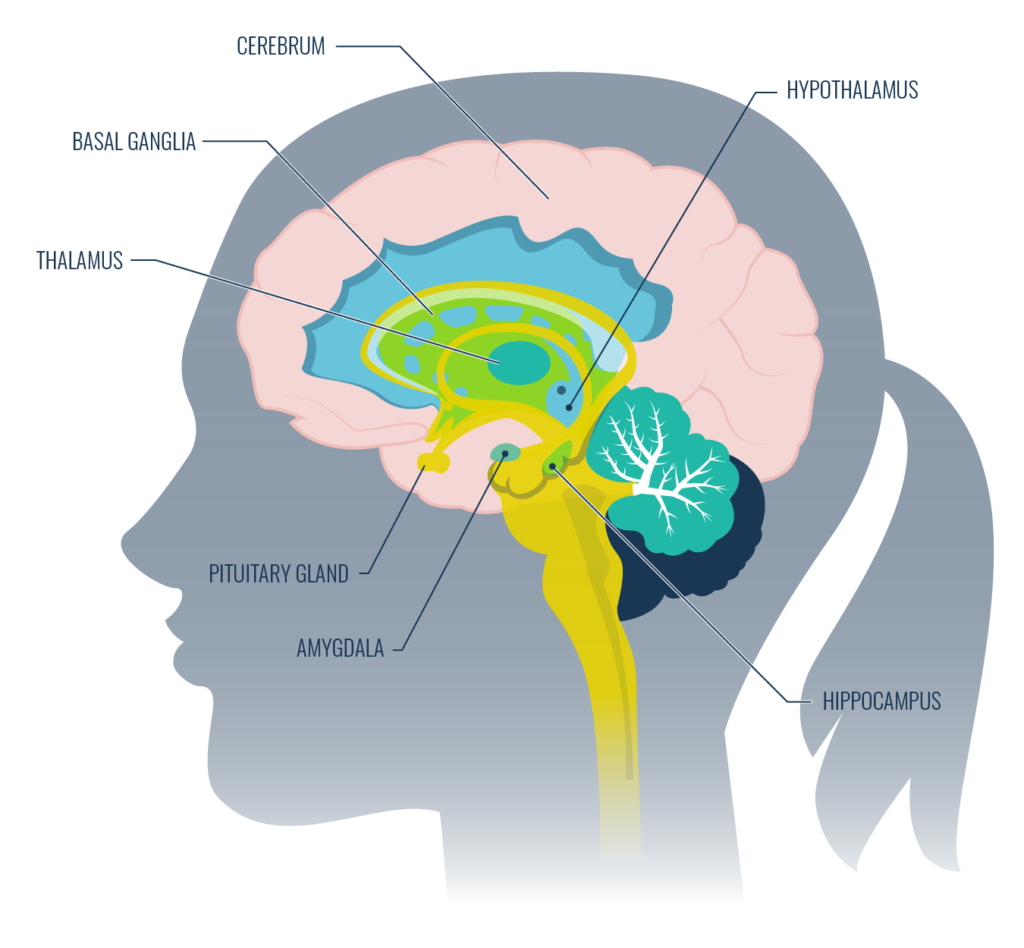
While the limbic brain is responsible for our behavioural and emotional responses to stimuli, it also supports higher mental functions. These include, for instance, learning, making memories and formulating habits. Specifically, the limbic system:
- Facilitates memory storage and retrieval.
- Establishes emotional states.
- Links conscious, intellectual functions with unconscious functions.
- Influences problem-solving and rational thought.
In addition, while your sensory cortex and motor cortex allow you to perform certain tasks, your limbic system makes you want to complete the tasks you are performing. It’s your very own internal motivational speaker!
Have a peek below at what our very own Juliette Denny has to say on the matter:
The Key Parts of The Limbic System
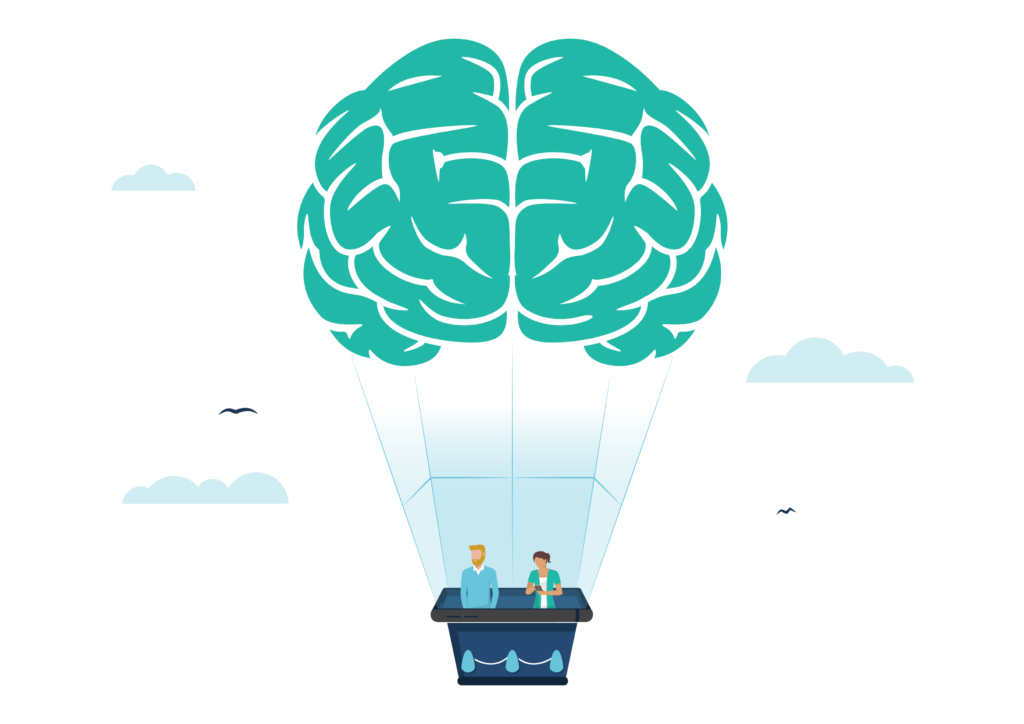
As we’ve seen, the limbic system is a collection of structures that are involved in processing emotion and memory. All of its constituent parts work together in harmony to regulate some of the brain’s most important processes.
However, there is some debate over which structures should be included within the limbic system. The amygdala and the hippocampus are universally recognised as key players. We’ll introduce these all-stars first, before exploring other structures that are also often included.
1. Amygdala
The amygdala is a small almond-shaped structure in the temporal lobes, located right next to the hippocampus. It’s the first responder when it comes to emotional threats, processing feelings like fear, anger, and anxiety.
But the amygdala isn’t all about negativity. It also plays a role in happiness and reward processing. Think of it as the brain’s emotional alarm system, constantly on guard to keep us safe and motivated. By evaluating the emotional valence of situations, it helps our bodies to prepare for fight-or-flight reactions.
In addition, the amygdala is important for the formation of new memories. After all, it interacts with the hippocampus and attaches emotional content to information. Strong emotions act like a memory magnet, making these experiences more likely to stick in our long-term memory.
2. Hippocampus
Like many other structures in the brain, the hippocampus comes as a pair. Located in each hemisphere of the brain, both of your hippocampi resemble the shape of a seahorse, and they mainly consist of grey matter.
The hippocampus is essentially the memory centre of our brains. It’s where we form short-term memories and encode them into long-term storage across other parts of the cerebral cortex. Whilst it doesn’t store our memories, it does help to organise them and associate them with various senses.
For instance, if you burn your finger on a hot pan for the very first time, your hippocampus learns the sensory input related to this new experience. It plays the memory back repeatedly to your cerebral cortex to form a long-term memory. This process is called memory consolidation.
As you can imagine, this makes the hippocampus essential for learning new things. After all, it completes a process called neurogenesis, where it makes new neurons from adult stem cells. This process is the basis of one type of neuroplasticity.
3. Thalamus & Hypothalamus
Both the thalamus and hypothalamus are associated with changes in our emotional reactivity.
The thalamus is a large structure that sits deep in the centre of the brain. It passes information from the outside world to and from your cerebral cortex. As such, its primary importance comes from the connections it forms with other parts of the limbic system.
Your hypothalamus, on the other hand, is about the size of a pea. Tucked just below the thalamus, on either side of the third ventricle, it orchestrates a wide range of vital functions. For instance, it helps to manage your body temperature, hunger and thirst, mood, sex drive, and so on.
To control its functions effectively, the hypothalamus integrates information from other parts of the brain. As a result, it’s responsive to a variety of stimuli, including light, odour, stress and arousal.
4. Cingulate Gyrus
Curving like a large arch, the cingulate gyrus act as a control centre within the limbic system, interacting with various brain regions to influence emotions, memory, and learning.
It’s also a forward-thinking guardian, monitoring our body’s reactions to unpleasant experiences and helping us to anticipate and avoid negative stimuli.
However, its influence extends beyond internal control. The cingulate gyrus also plays a part in translating emotions into outward expressions. That clenched fist you make when you’re frustrated? The cingulate gyrus is part of the network coordinating that reaction.
5. Basal Ganglia
The basal ganglia are a group of structures that are situated at the base of the forebrain and top of the midbrain, tucked behind other parts of the limbic system.
The limbic region of the basal ganglia includes multiple components. These are called the nucleus accumbens, the ventral tegmental area, and the ventral pallidum.
These areas are involved in our cognitive and emotional behaviours, as well as with our response to rewards and reinforcements. As such, the basal ganglia are linked to habit formation and addictive behaviours.
On top of this, the main function of the basal ganglia is to regulate and organise our voluntary movements, including, for instance, eye movements, balance and posture. As a result, damage to the basal ganglia can cause movement disorders like Parkinson’s and Huntington’s disease.
The Limbic System Function: 8 Ways To Boost Its Power
We’ve explored the inner workings of the limbic system. Now, let’s unlock its potential! Here are eight practical steps to enhance your learning and emotional well-being by optimising your limbic system function.
1. Eat Well and Embrace an Anti-Inflammatory Diet
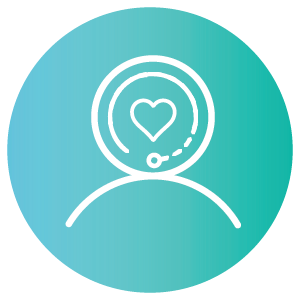
Since chronic inflammation is linked to problems with thinking and memory, an anti-inflammatory diet can be a powerful tool to support your limbic system’s function.
Highly inflammatory foods typically include hydrogenated fats, processed vegetable oils, farmed fish or conventionally raised meat and dairy. They often contain refined sugars and grains, food additives and preservatives, and pesticides or toxic debris.
As such, you need to include foods in your diet that reduce inflammation, stabilise blood sugar, and provide the necessary nutrients that enable your limbic system to operate effectively. For instance, these foods include:
- grass-fed meat
- wild-caught fish
- pastured eggs
- low-carbohydrate and low-glycaemic vegetables
But, don’t worry, we have not forgotten about treats or your morning caffeine kick. For instance, blueberries contain antioxidants that tackle brain ageing by attacking oxidative stress. Coffee also includes antioxidants and can boost feel-good neurotransmitters such as serotonin.
2. Increase Your Vitamin and Supplement Intake

Similarly to embracing a healthy diet, increasing your vitamin and supplement intake will help you to support your brain function. For instance, Omega-3 fatty acids improve learning and memory, which helps you to fight against cognitive disorders.
According to the American College of Healthcare Sciences, these vitamin-rich foods are fantastic brain-boosters:
- Garlic is high in iodine, which supports healthy brain activity.
- Kelp is high in iodine, phosphorus and vitamin C, all of which are wonderful brain nutrients.
- Wild salmon is high in phosphorus, vitamin B3, and Omega-3 fatty acids.
- Nuts like walnuts, cashews and almonds, are packed with omega-3 fatty acids.
- Foods high in resveratrol like red grapes, red wine, peanut butter, cranberries, and blueberries have anti-inflammatory effects.
3. Manage Your Stress Levels

As most of us have experienced, stress can wreak havoc on our health. This is especially true when it comes to our brains. In fact, stress is one of the leading factors in cognitive disfunction. Severe stress can cause inflammation in the brain, which deteriorates our brain health.
As such, our ability to manage our stress levels is essential for a healthy limbic system. Some people find help in meditation, yoga, deep breathing exercises, and aromatherapy, while others engage the brain through games, reading books, listening to music or doing arts and crafts.
Destressing pleases your almighty amygdala, the limbic structure responsible for your awareness of emotions. As a result, you will not only be more relaxed, but also happier. And did you know that happy learners are 12% more productive?
4. Exercise
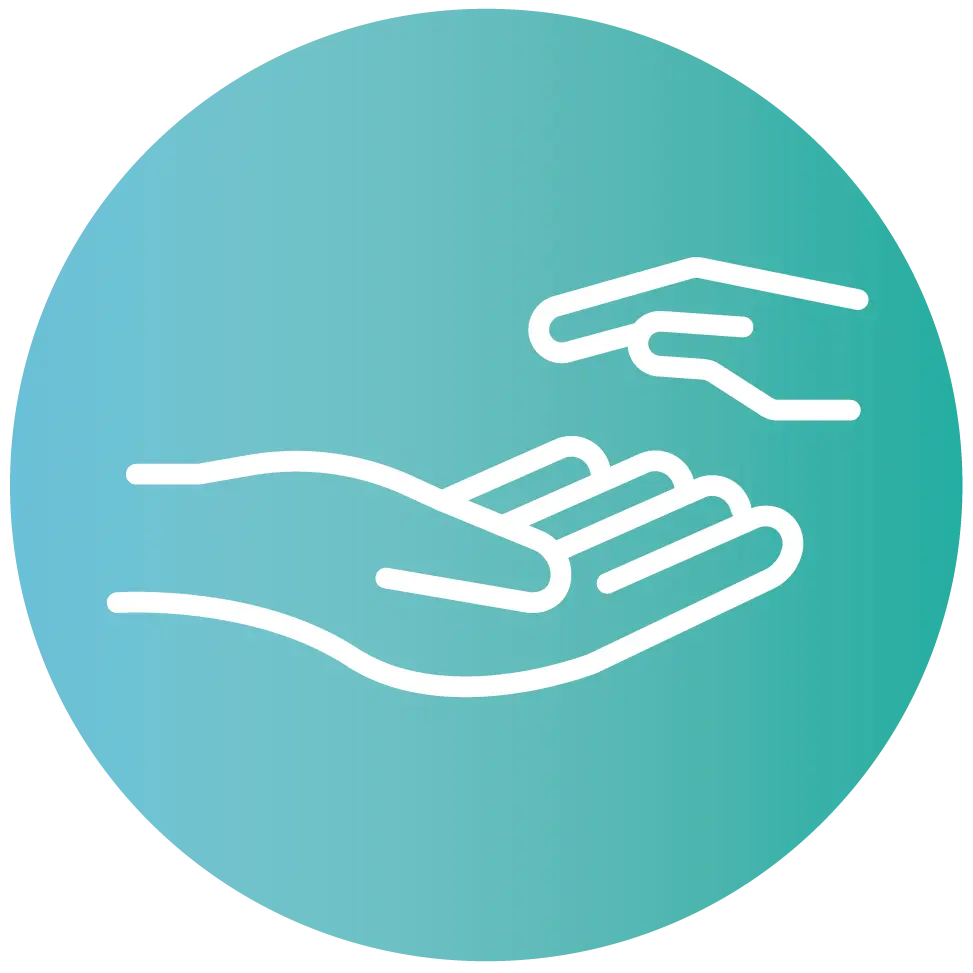
We’re sure you’re already aware of the benefits that exercising has on your physical health. But, did you know that it also dramatically boosts your brainpower? As such, physical exercise is one of the best ways to maintain optimal limbic system function.
Exercising produces certain feel-good neurotransmitters, such as endorphins. In addition, it increases blood flow and supplies oxygen to the brain. Physical activity can even stimulate new brain cell growth, also known as hippocampal neurogenesis.
Train Fitness recommends a fitness regime of 20-30 minutes, 3-5 times a week to help maintain the health of your limbic system. Further research suggests that aerobic exercises such as cardio, swimming, running, walking, and hiking are particularly beneficial to charging up your brainpower.
5. Nurture Relationships

Strong social connections are like sunshine for your limbic system. Indeed, research shows that people who are more socially connected live longer and have better physical, mental and cognitive health. It seems we are biologically wired for connection.
After all, feeling supported and connected to others reduces stress and promotes feelings of safety and security. Spending time with loved ones can also trigger the release of feel-good chemicals like dopamine and oxytocin.
Feeling like you belong to a community or group also provides us with a sense of purpose and self-worth, contributing to our overall emotional well-being. And did you know that social learning is a particularly effective development approach?
6. Focus on the Positive

Some might dismiss the power of positive thinking, but research suggests it can have real benefits. The limbic system plays a crucial role in processing emotions, and negativity can take a toll on its function.
Dwelling on negative thoughts and experiences activates the amygdala, the part of the limbic system associated with fear and stress. On the other hand, positive thinking improves our brain plasticity, intensifying our attention and improving our problem-solving acumen.
So, when negativity starts to creep in, challenge those thoughts and try to reframe them in a more positive light. For example, instead of thinking ‘I can’t do this’, reframe it as ‘This is a challenge, and I’m going to learn from it’.
Just remember, positive thinking is most effective when combined with realistic action. Focusing on the positive can be a powerful motivator, but it’s important to develop strategies and take action to achieve your goals.
7. Challenge Yourself
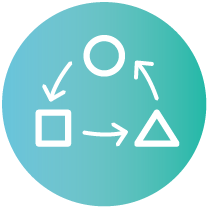
Your limbic system thrives on novelty and stimulation. By thinking outside of the box and stepping outside your comfort zone, you can keep your brain sharp and ready to face any challenges that may be lying in wait.
Research suggests that stepping outside of our comfort zone helps us to navigate unfamiliar situations, and gives us a deeper understanding of our capacity to handle challenges and manage risks. This newfound confidence empowers us and increases our self-efficacy.
Indeed, challenging yourself with new activities or skills stimulates the production of brain-derived neurotrophic factor (BDNF), which strengthens existing neural connections. This keeps the limbic system adaptable and efficient. Here are some ideas to get you started:
- Learn a new skill or take on a new hobby
- Push your limits with an existing skill or hobby
- Read books or articles with opposing viewpoints
- Step outside of your social bubble
- Solve puzzles or brain teasers
8. Prioritise Sleep

Last, but not least, let’s talk about sleep! Restorative sleep is essential for optimal brain function. This is when your brain actively works during your slumber to repair your body and mind.
Sleep reduces inflammation and restores the brain by flushing out toxins, like a protein called beta-amyloid. In addition, sleep plays a critical role in storing memories effectively.
In turn, a lack of sleep can impact your cognitive function significantly. For instance, you may find it difficult to solve problems, exercise reason or pay attention to detail. With this in mind, here are some of our top tips for a great night’s sleep:
- Lower the temperature in your bedroom
- Keep your room as dark as possible
- Avoid caffeine and heavy foods before bedtime
- Get sun exposure during the day
- Exercise regularly, but not late at night
- Keep a sleep diary to find your optimal sleeping routine
- Stick to a regular bedtime and rising time
- Avoid napping during the day unless absolutely necessary
Final Words
The limbic system plays a central role in memory, focus, and emotional regulation — all key ingredients for a high-quality learning experience. The good news? There are several practical steps you can take to optimise your limbic system function and unlock your full potential.
For instance, practising relaxation and mindfulness, getting those steps in and eating well can support the health of your limbic system. Ultimately, these little efforts can lead to higher productivity and better learning outcomes. Good luck!
Ready to unlock your learning potential? Download our free guide, ‘100 Brain Science Tips to Boost Your Training Strategy‘ now! Your limbic system will thank you for it.



